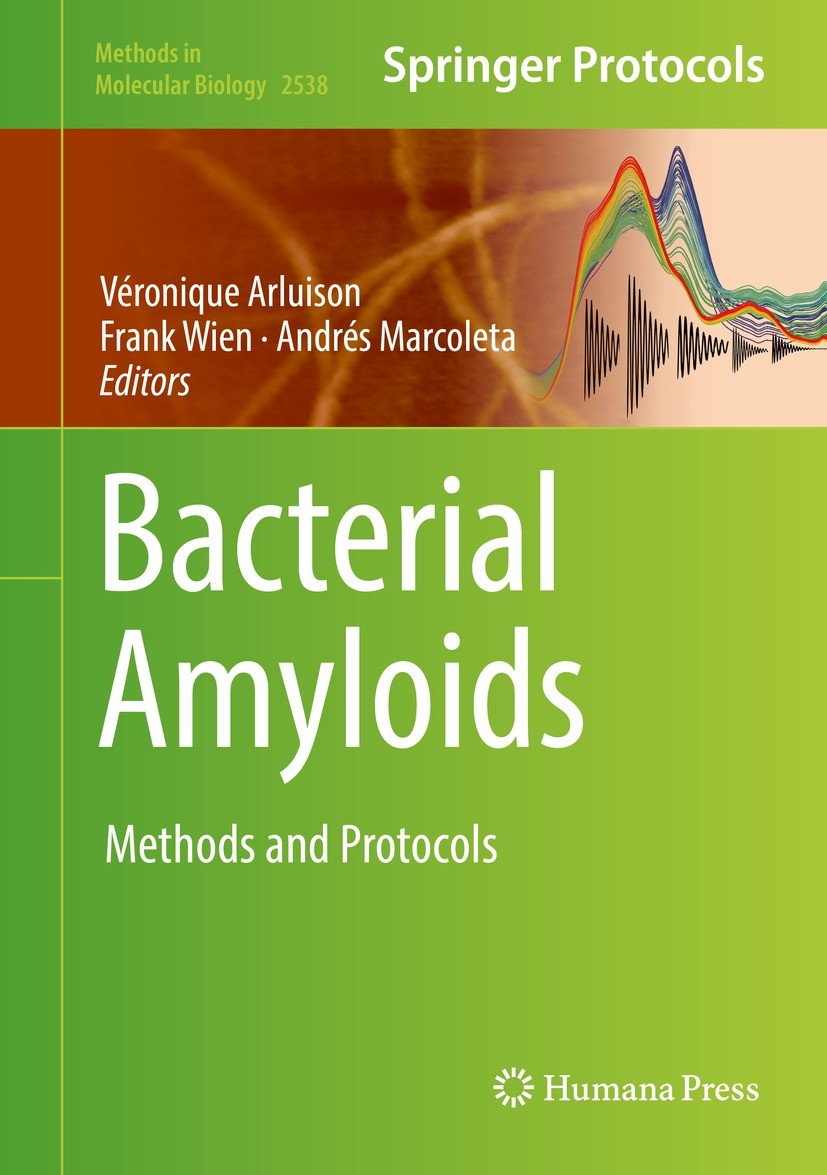| 期刊全称 | Bacterial Amyloids | | 期刊简称 | Methods and Protocol | | 影响因子2023 | Véronique Arluison,Frank Wien,Andrés Marcoleta | | 视频video | http://file.papertrans.cn/181/180253/180253.mp4 | | 发行地址 | Includes cutting-edge techniques.Provides step-by-step detail essential for reproducible results.Contains key implementation advice from the experts | | 学科分类 | Methods in Molecular Biology | | 图书封面 |  | | 影响因子 | This detailed volume introduces different methods to assess the structure and folding of bacterial amyloids and analyze their functions, either in vitro or in vivo. Despite their initial association with neurodegenerative diseases, there is now increasing evidence of alternative roles for amyloids, with beneficial aspects for cells. In particular, prokaryotes use amyloids as functional assemblies, where they are key players in the cell‘s physiology. Written for the highly successful .Methods in Molecular Biology. series, chapters include introductions to their respective topics, lists of the necessary materials and reagents, step-by-step, readily reproducible laboratory protocols, and tips on troubleshooting and avoiding known pitfalls. .Authoritative and up-to-date, .Bacterial Amyloids: Methods and Protocols. is an ideal guide for experts and novices alike to further explore these crucial protein assemblies.. | | Pindex | Book 2022 |
The information of publication is updating

|
|
 |Archiver|手机版|小黑屋|
派博传思国际
( 京公网安备110108008328)
GMT+8, 2025-12-15 09:42
|Archiver|手机版|小黑屋|
派博传思国际
( 京公网安备110108008328)
GMT+8, 2025-12-15 09:42


